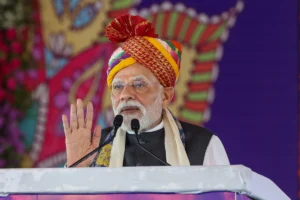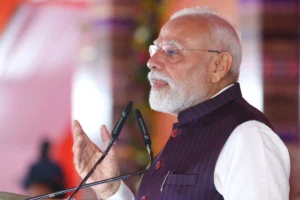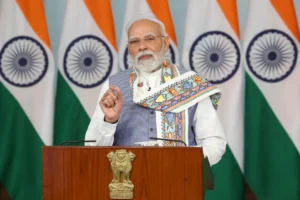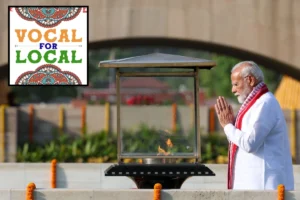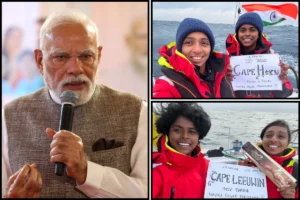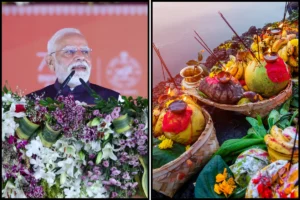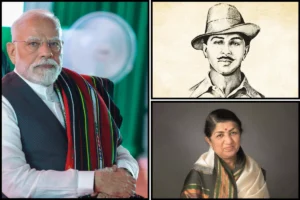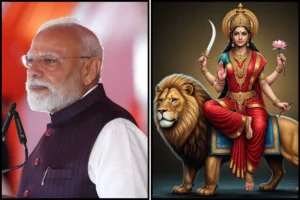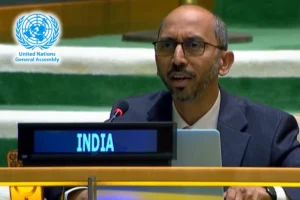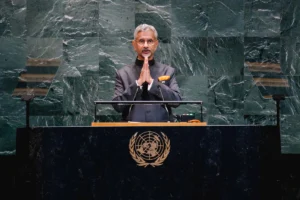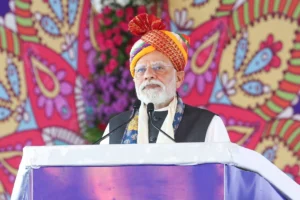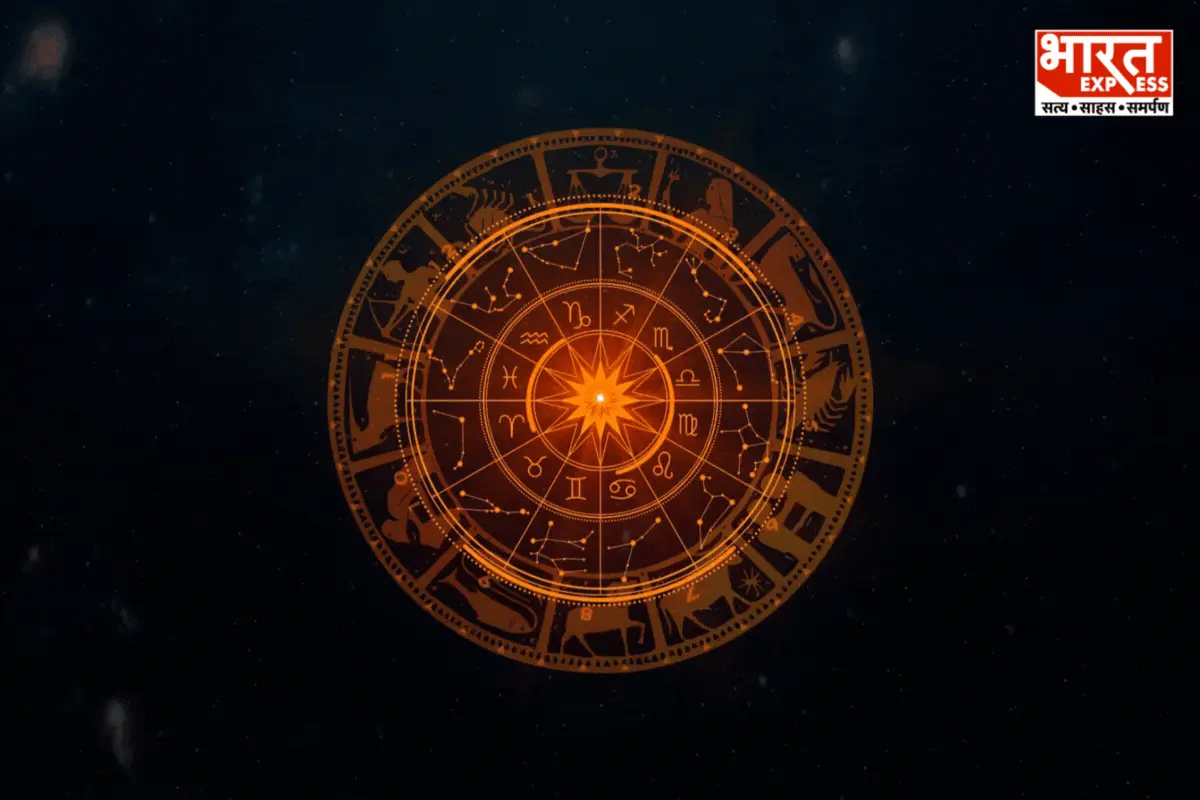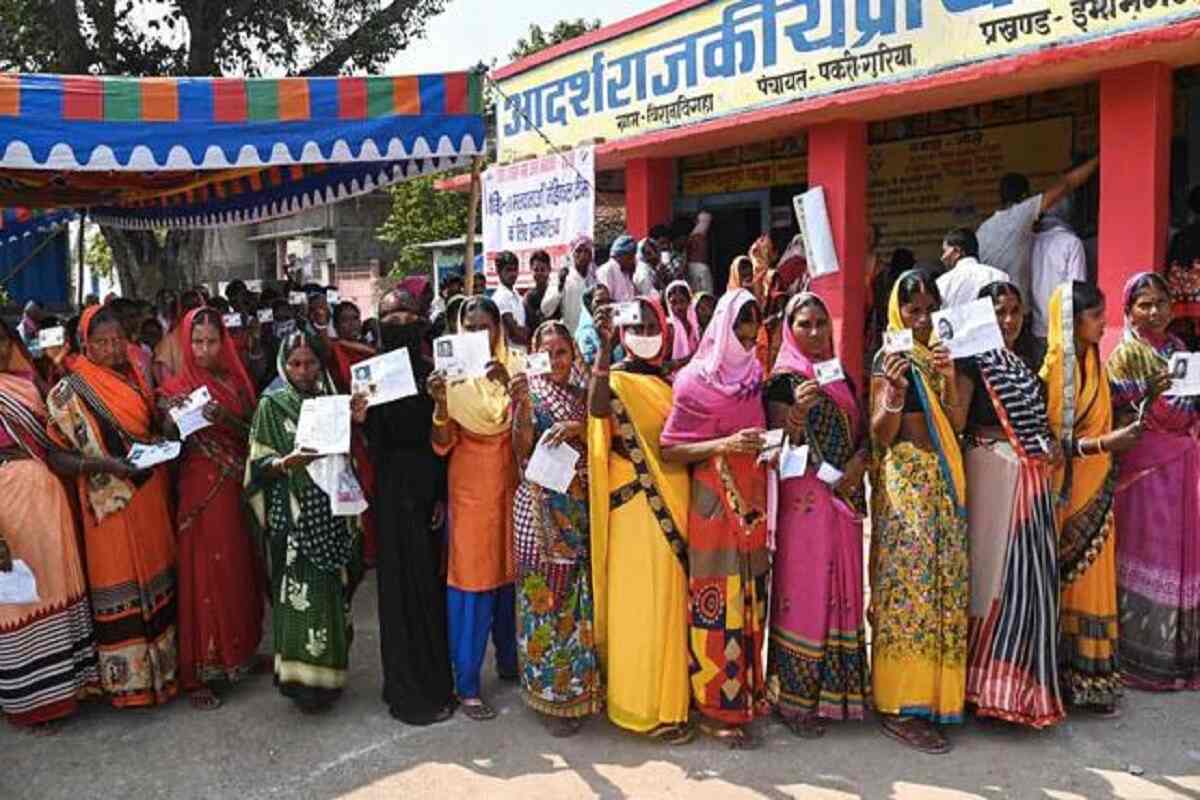
One Nation One Election
In the weeks leading up to a renewed push for the “One Nation, One Election” concept, Union Law Minister Arjun Meghwal outlined significant hurdles and key imperatives associated with synchronizing elections across the country. His insights, shared in a written reply in parliament on July 27 in response to a question raised by Kirodi Lal Meena, provide a comprehensive overview of the proposal.
Challenges Listed by Minister
1. Constitutional Amendments: Meghwal noted that implementing simultaneous national and general elections would necessitate amendments to five articles of the Constitution. These include Article 83 (duration of Houses of Parliament), Article 85 (dissolution of Lok Sabha by the President), Article 172 (duration of state legislatures), Article 174 (dissolving state legislatures), and Article 356 (President’s Rule in states).
2. Political Consensus: Achieving consensus among all political parties would be essential for simultaneous elections, considering India’s federal structure. It would also require the approval of all state governments.
3. Financial Implications: The proposal comes with significant financial implications, potentially running into thousands of crores. Additional Electronic Voting Machines (EVMs) and Voter Verifiable Paper Audit Trail (VVPATs) units would be needed. Meghwal pointed out that EVMs have a limited lifespan of 15 years, requiring periodic replacements, which would entail substantial expenditure.
4. Personnel and Security: Conducting simultaneous elections would demand a higher number of polling personnel and security forces to ensure a smooth and secure electoral process.
Advantages Listed by Law Minister
1. Cost Savings: Simultaneous elections have the potential to result in substantial savings for the public exchequer. Avoiding the replication of administrative and law enforcement efforts for repeated elections would also reduce costs for political parties and candidates in their election campaigns.
2. Impact on Governance: The asynchrony of national and state elections, including by-elections, often leads to prolonged enforcement of the Model Code of Conduct. This extended period can adversely affect developmental and welfare programs.
3. International Examples: Meghwal cited international examples, such as South Africa, Sweden, and the UK, where simultaneous elections have been successfully implemented, emphasizing the benefits of this approach.
4. Committee Tasked: A committee led by former President Ram Nath Kovind has been entrusted with exploring the feasibility of simultaneous elections in India, reviving a practice that was prevalent until the 1960s.
The concept of “One Nation, One Election” has been discussed since the 1980s, gaining momentum in recent years. Prime Minister Narendra Modi’s BJP-led government made a strong case for it in 2014, aiming to streamline India’s election processes.
To read more such news, download Bharat Express news apps







